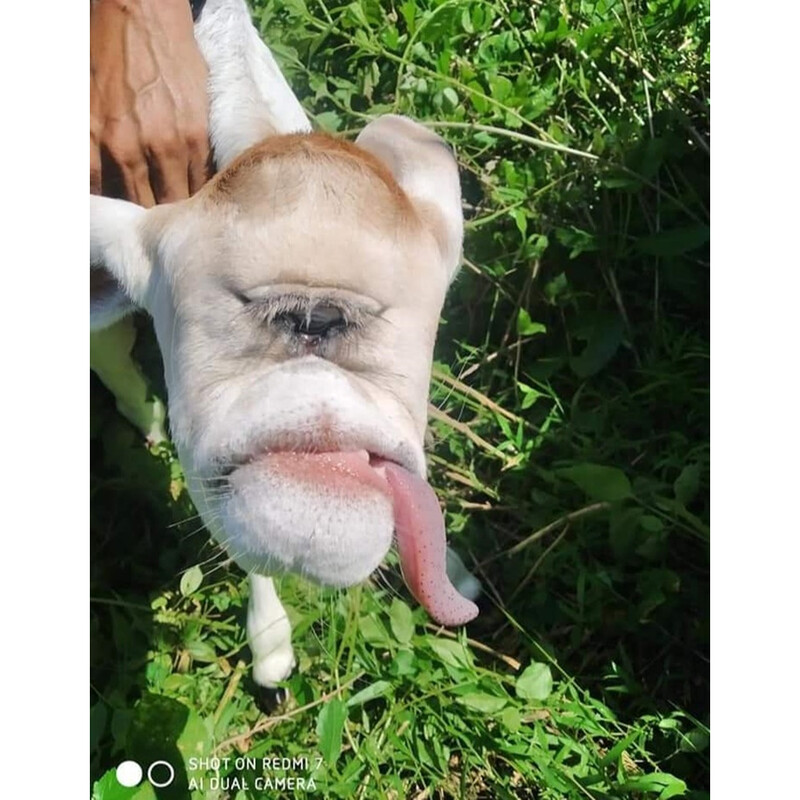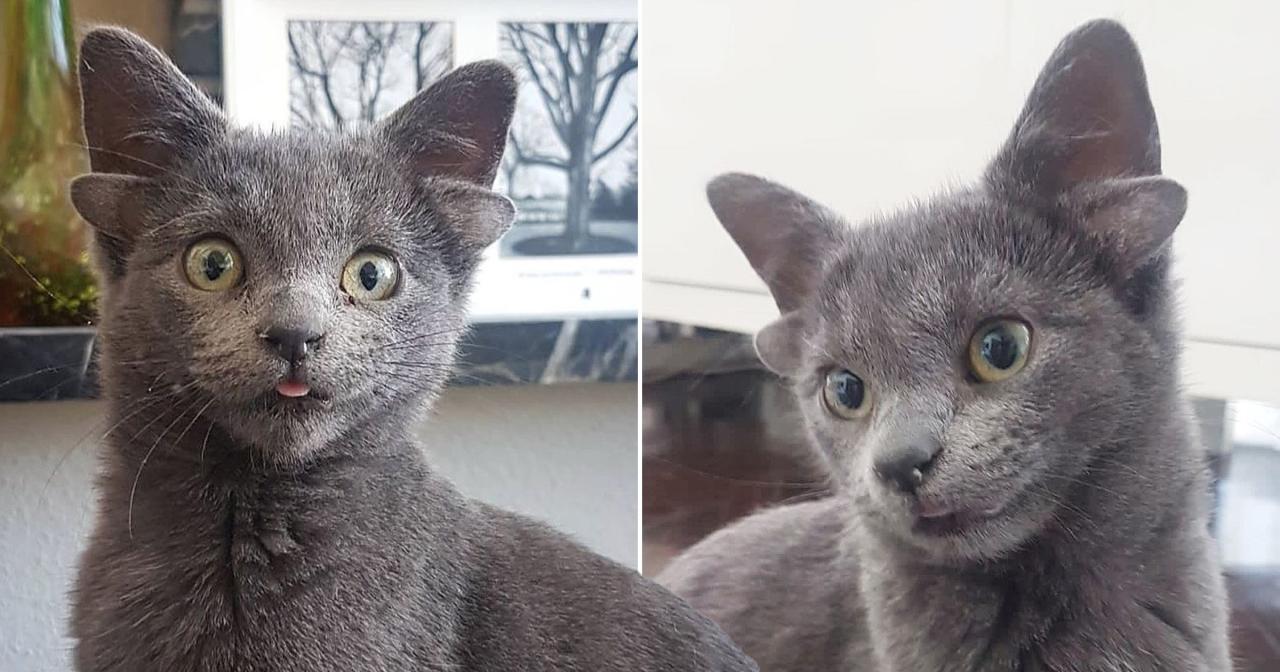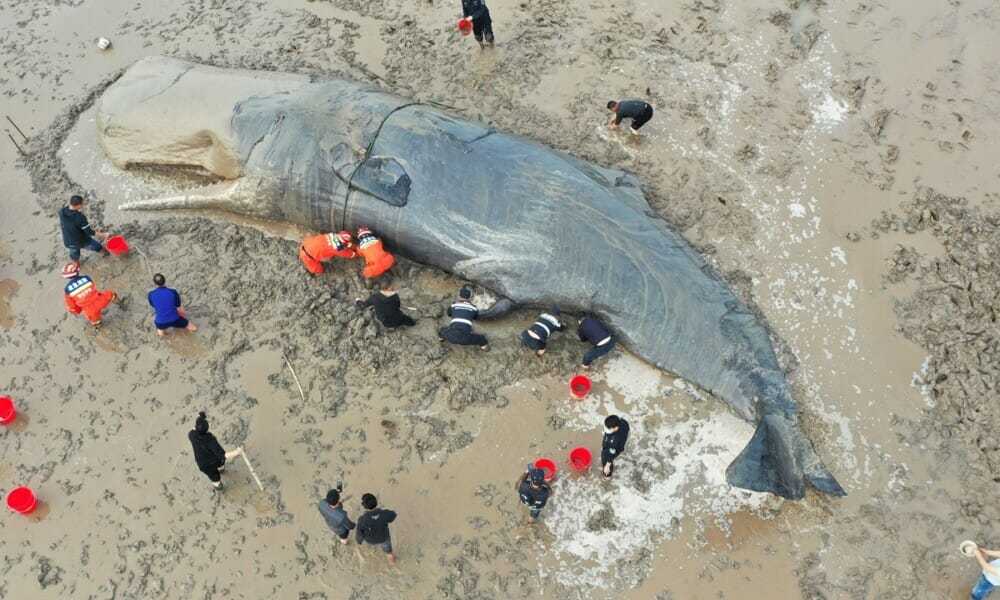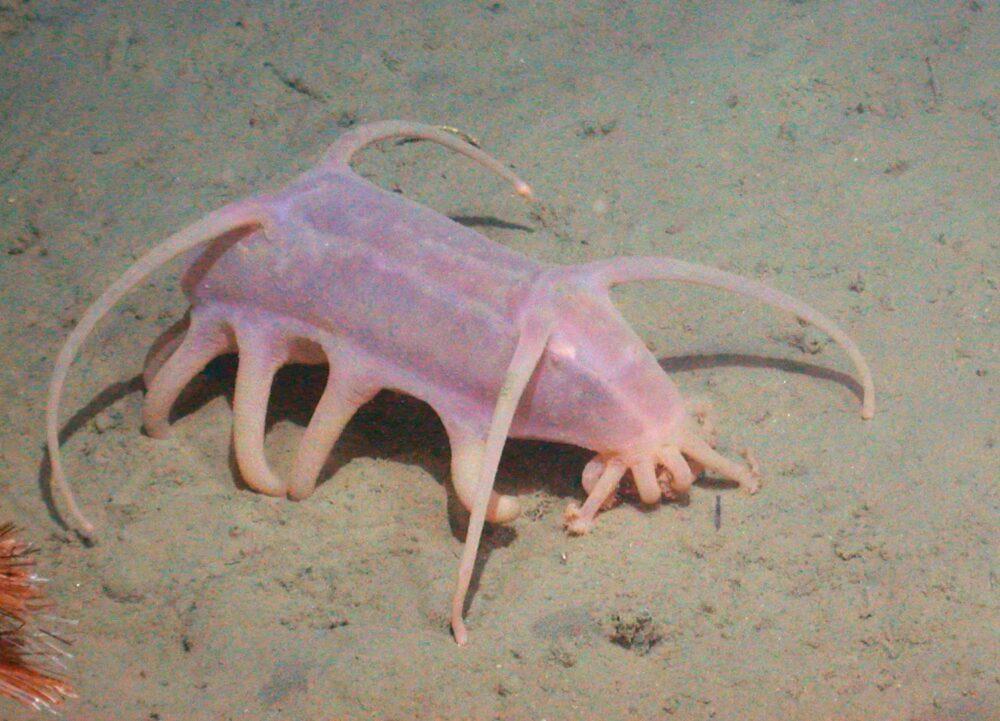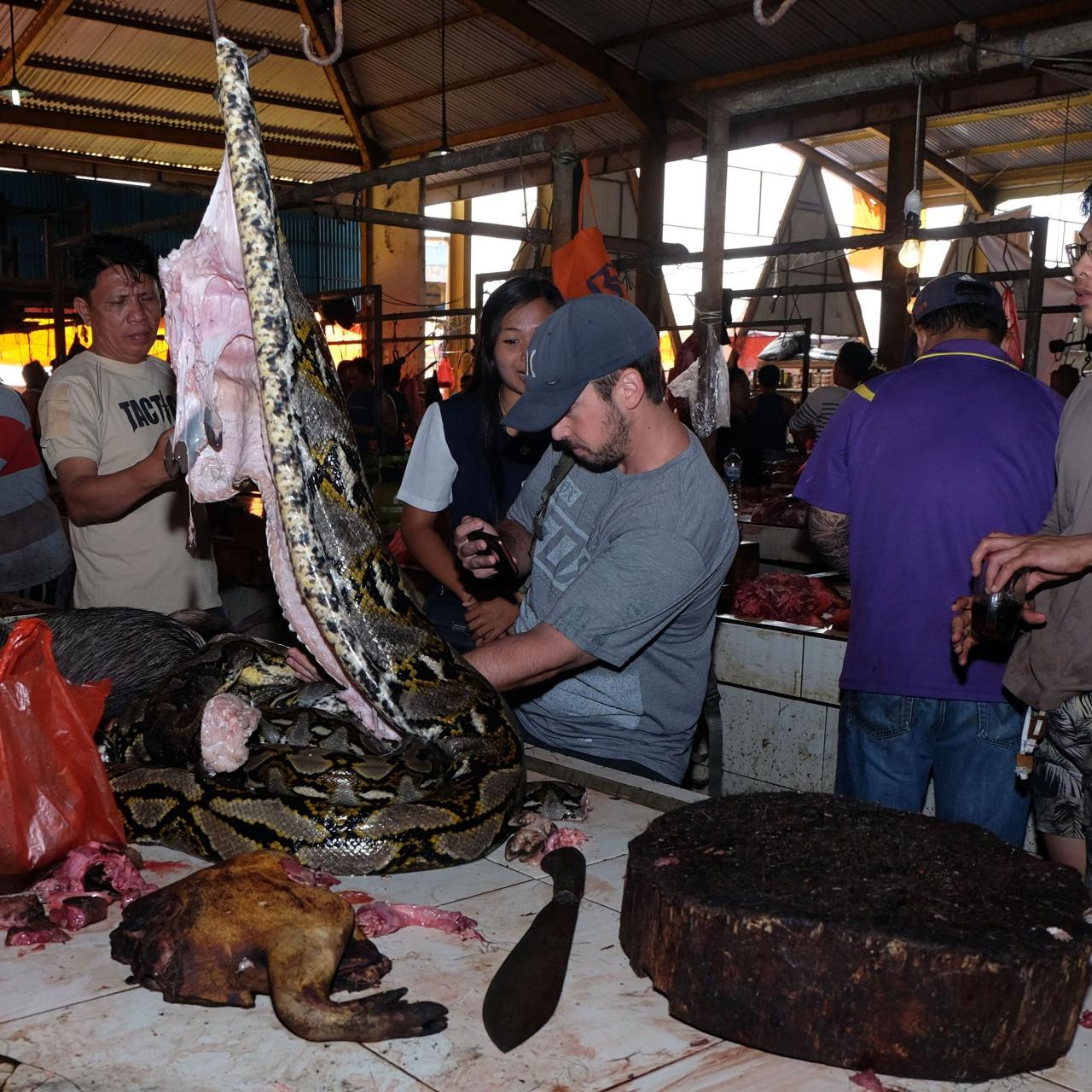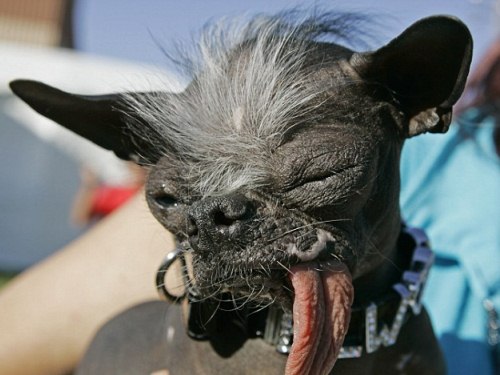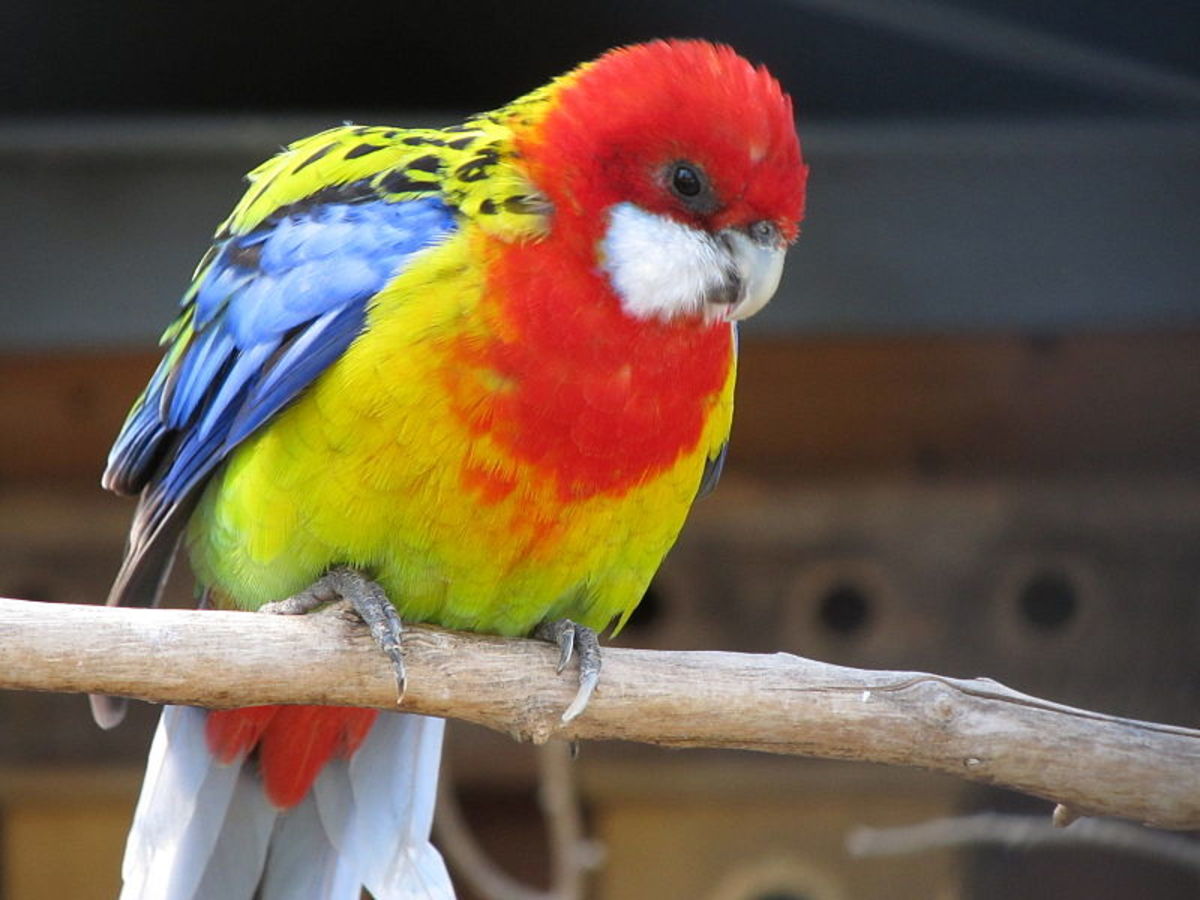
What Are the Most Colourful Birds?
Colours play an important role in our lives, and we all react differently to different colours. Our choice of clothes, the way we decorate our homes, and even our purchases are driven by our colour preferences. It’s no wonder that we love to see brightly coloured birds as well.
We may enjoy looking at birds with certain colours in their feathers, beaks and other body parts. In addition, their social behaviour has encouraged us to keep them as pets, and they have found a place in poetry and popular music.
This article showcases 10 of the most colourful birds.
- Scarlet Macaw
- Toco Toucan
- Mandarin Duck
- Stork-Billed Kingfisher
- Australian King Parrot
- Roseate Spoonbill
- Red-Legged Partridge
- Vulturine Guineafowl
- Gouldian Finch
- Chestnut-Headed Bee-Eater

1. Scarlet Macaw
Native to tropical South America, the Scarlet Macaw is a large-sized parrot with very prominent red, yellow and blue colours. It has a whitish skin patch around its eyes and bill and has a very long tail. The legs and feet are black, and the beak is dark black at the bottom though the upper part of it is light. The lifespan ranges between 4 to 5 decades but can be longer in captivity. They practice monogamy, make their nests in the hollow areas of the trees and both care for their younger ones.
They can fly at high speeds and often do it in pairs or in small groups. Their squeaks and screams can be very loud and noisy for communicating with their groups. Their diet comprises fruit (even before they are actually ripe), nuts and seeds.

2. Toco Toucan
The popularity of Toco Toucan lies in its bill, which is quite large and colourful too. There are forty different species, and their bills of different colours are amazing. Contrary to the size, which is normally more than half the size of the body and its shape, the bill is more a deterrent than having actual combating capability. Their legs are short and strong, and their toes are peculiar. The first and the fourth toes are turned backward. They like to eat fruit, insects and even small lizards. They live in tree holes and in small flocks. They are natives of South America’s tropical forests.

3. Mandarin Duck
One of the most striking colourful perching ducks, the Mandarin is an East Asian medium-sized duck. Males can be easily recognised because of three distinctive body part colours: the bill is red, there is a white crescent above the eyes, and it has a reddish face. Two vertical white bars on the purple coloured breast make this duck even more striking. Female ducks lay eggs in cavities in trees, normally chosen near shallow lakes. The males defend during incubation. Migration to Eastern China or Southern Japan is observed in Asian mandarins. Insects, snails, small fish, plants and seeds form their diet.

4. Stork-Billed Kingfisher
Stork-Billed Kingfisher is one of the most popular tree kingfishers in the Indian Subcontinent and Southeast Asia. It is big beaked as compared to its size and has a combination of colours. Normally it has a green back and blue tail as well as wings. The legs are bright red, and so is the peculiarly large and beautiful bill. But the plumage pattern may vary in the 15 races and the area where it inhabits, which is around rivers, coasts and near lakes. They will perch on a tree branch and hunt fish, crabs and frogs by diving down suddenly.

5. Australian King Parrot
With males conspicuous by the red head, breast and lower undersides, the Australian King Parrot remains one of the most colourful birds in Eastern Australia. Female parrots have strikingly different green heads and breasts with grey beaks. Fruits, seeds and small insects are their diets while inhabiting in pairs or in groups in humid and heavy forests in the eastern coasts and ranges part of the Australian continent. They are sedentary and lay their eggs in hollow trunks of trees with high entrances.

6. Roseate Spoonbill
Pink plumage and spatulate pale grey bill make this huge bird quite distinctive. It has white feathers at the neck, chest and upper part of its back, but the legs and eyes are red. Gregarious in nature, this most striking and wading bird of North America is found in ponds, marshes and swamps. They keep their bill partially submerged to catch small fish and amphibians in the shallow water. Three cream-coloured eggs laid by the female have an incubation period of about three weeks duly shared by the male.
 .
.

7. Red-Legged Partridge
Red-legged Partridge is a bird which can be found on farmlands. Pink-red legs and a small bright red beak with red ring around eyes make it quite attractive. It has creamy white upper throat and chin. It is a game bird and lays eggs on the nest made at ground. Also, this species eats seeds and small invertebrates. Running instead of flying is its peculiarity though it has capability to fly for short distances.

8. Vulturine Guineafowl
Another gregarious species, the Vulturine Guinea fowl is a large bird with a very small head. This species is striking because it is taller than other guinea fowls and makes peculiar sounds. It has a blue upper back and breast and a bluish-gray band of short chestnut feathers around the neck. When challenged, it prefers running rather than flying. Hens lay cream-coloured eggs in thick grasses, bushes or trees. They are found in northeast Africa, Ethiopia, northern Tanzania and Kenya.

9. Gouldian Finch
One of the most bred in captivity and loved bird by aviculturists in Australia but has surprisingly entered the endangered category of wild animals. Luckily recovery plans are on. They may be of varying colours, like combinations of green, yellow and green, but the males’ chest is mostly purple. Scarcity of water and food makes them move from tropical savanna woodlands. They are basically seed eaters and make their nests in tree holes for breeding. Males are known for their courtship dance.

10. Chestnut-Headed Bee-Eater
A very slender but richly coloured small bird, the Chestnut-headed Bee-eater is a resident of the Indian Sub-Continent and some adjoining countries in Southeast Asia. Recognised by the chestnut-coloured head and crown, this tiny acrobatic bird has greenish breasts and lower parts, and its tail feathers are beautiful dull olive. They catch wasps, bees and dragonflies in the air. They stay in colonies on sandy banks near water.




